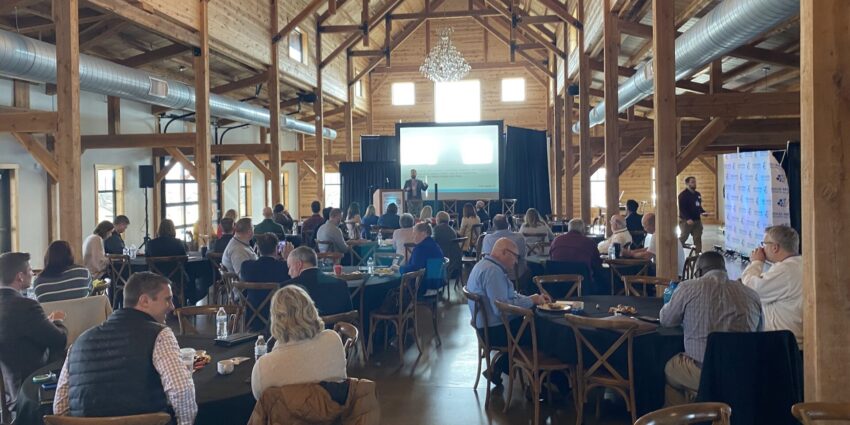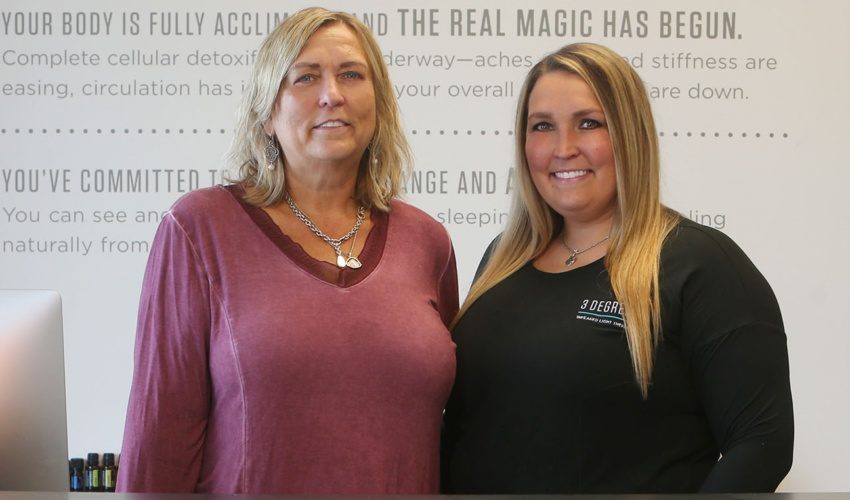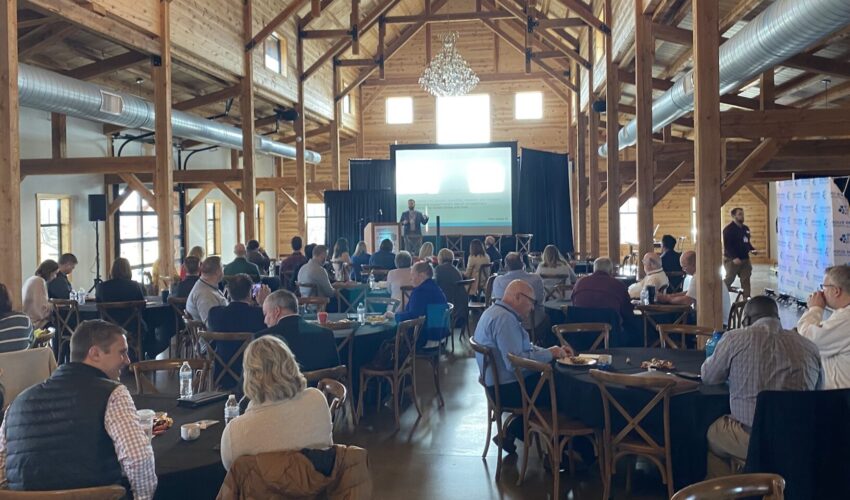‘Neighborhoods First’ approach among topics at upcoming housing summit
Aug. 16, 2023
This paid piece is sponsored by Sioux Metro Growth Alliance.
Any community in the Sioux Falls area likely is experiencing a housing gap.
Filling that space between housing needs and existing supply will be the focus of the upcoming 2023 Sioux Metro Growth Alliance Growth Summit, which will be Sept. 20-21 in Brandon.
“We experience this gap continually in working with the communities of the Sioux Metro area, so we wanted to bring our stakeholders together for two days of learning about housing needs, solutions and action steps,” said Jesse Fonkert, president and CEO of Sioux Metro Growth Alliance.
“Regardless of your role in the community or your community’s size, you’re going to benefit from the insights shared at this summit and feel ready to help move the needle forward when you leave.”
The two-day event will lead off Sept. 20 at 4 p.m. with a presentation from Daniel Herriges, senior editor for Strong Towns, who will lead attendees through a workshop on how to impact community development at a neighborhood level.
Herriges, a St. Paul native, is a founding member of Strong Towns who now serves as senior editor and has been a regular contributor since 2015.
We sat down with him for a preview of his appearance at the Sioux Metro Growth Alliance Growth Summit.
What exactly does a “Neighborhoods First” approach mean?
It’s a different way of thinking about public investment. Many cities are stuck in a paradigm where planning and public works initiatives center around large, ambitious projects, even when these projects may not align with the most immediate or pressing needs of residents. At Strong Towns, we argue that cities will see greater return on investment if they focus on addressing the quality of life of their residents through a sustained pattern of making small, incremental investments over time. Most of these investments will naturally prove to be things whose impact is felt at the neighborhood scale.
What are some of the keys to convincing communities to engage in neighborhood-driven projects?
They need to see examples of places that have gotten results from these kinds of efforts, and they need to understand the kinds of needs that are out there and can be met with local resources. A lot of cities are focused on state and federal funding streams, and they may allow the availability of funding to dictate priorities, so it really is a change in mindset and standard operating practice.
You’ll also be discussing how to make low-risk investments with high payoffs. What are some examples of how communities are doing that?
Things that help kick-start virtuous cycles. We’ve covered many such examples at Strong Towns; a few of my favorites are:
- A program in Oswego, New York, offers grants on a block-by-block basis to blocks of homeowners who wish to improve their properties and street.
- Pop-up/temporary/low-cost ways of occupying and reactivating vacant space — for example, Muskegon, Michigan, created a series of simple sheds for local entrepreneurs on city-owned property downtown; it has become a tourist attraction and an effective incubator for new local businesses.
- City-led revitalization of the public space along several blocks of a commercial street in Memphis, Tennessee, including bike lanes, expanded sidewalks and public art, has led to $15 million in new private investment in a decade.
Many communities in the Sioux Falls metro have relatively small populations – 10,000 people or fewer. What are some of the unique strengths or opportunities these communities can leverage as they grow?
In a small community, I think it’s easier in some respects for leaders to be attuned to the immediate needs of residents. The feedback loops are shorter and the communication more direct. Small communities have their own challenges, of course — fewer resources, staff, etc. — but that makes it all the more important to adopt an approach of making small, incremental and iterative investments in order to grow while building on and solidifying the community’s existing strengths.
What are you hoping conference attendees take away from hearing your message?
Cities and towns work best when they are the co-creations of many hands. This is possible in any place, of any size, if we lower the barriers to entry for resident participation in placemaking — by creating housing, starting a business, improving the public realm, etc. — and make government more responsive to residents’ needs and struggles.
Filling the Housing Gap
Join Sioux Metro Growth Alliance for the Sept. 20 evening speaker session with keynote speaker Daniel Herriges from Strong Towns, followed by a social hour and dinner. Herriges will discuss Neighborhoods First during this workshop. This content with not be repeated during the summit the following day.
After dinner, there will be a panel discussion at 6:30 p.m.
What is the Housing Problem? will feature panelists Jeff Eckhoff, city of Sioux Falls; state Sen. Casey Crabtree of District 8; and Daniel Herriges of Strong Towns. Jesse Fonkert will serve as moderator.
On Sept. 21, spend a full day with economic development professionals and experts from across the region. Experience speaker sessions, panel discussions and vendor connections throughout the day.









